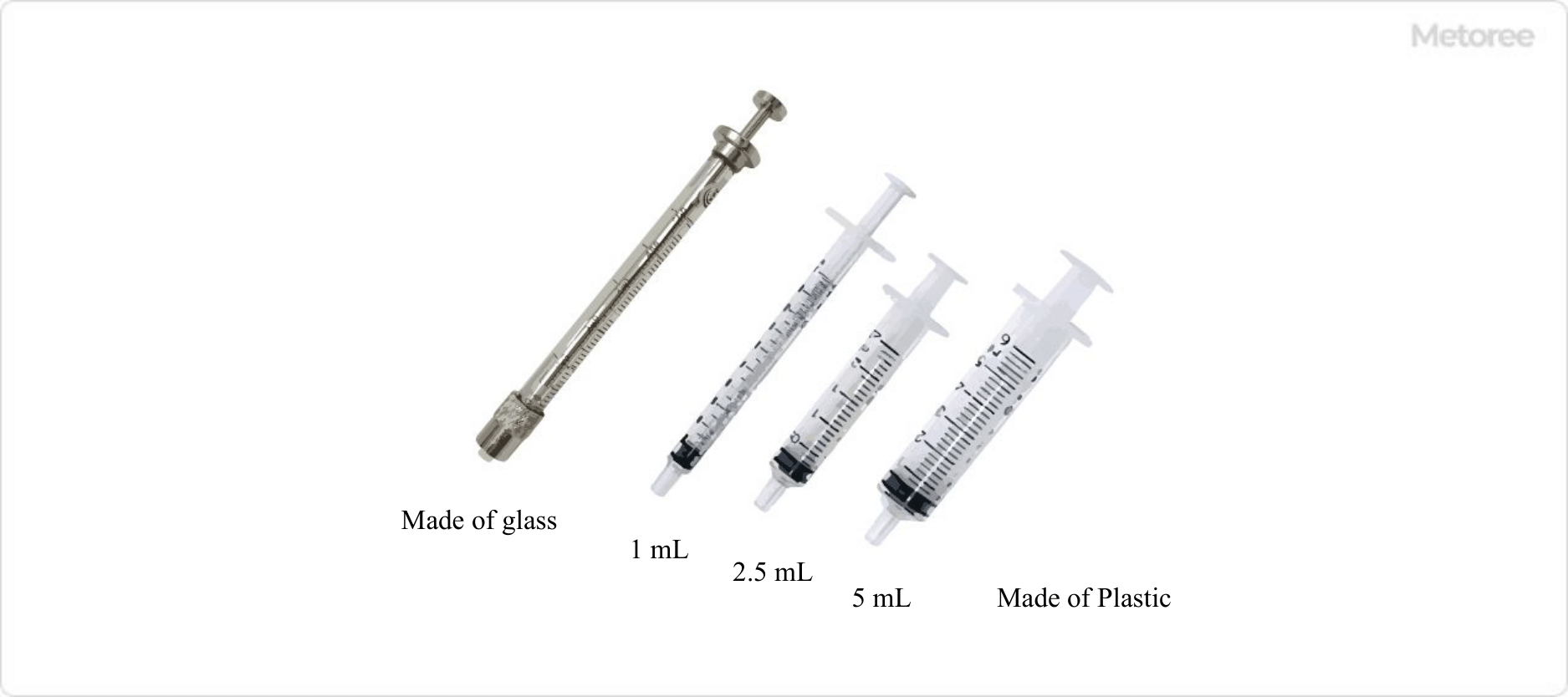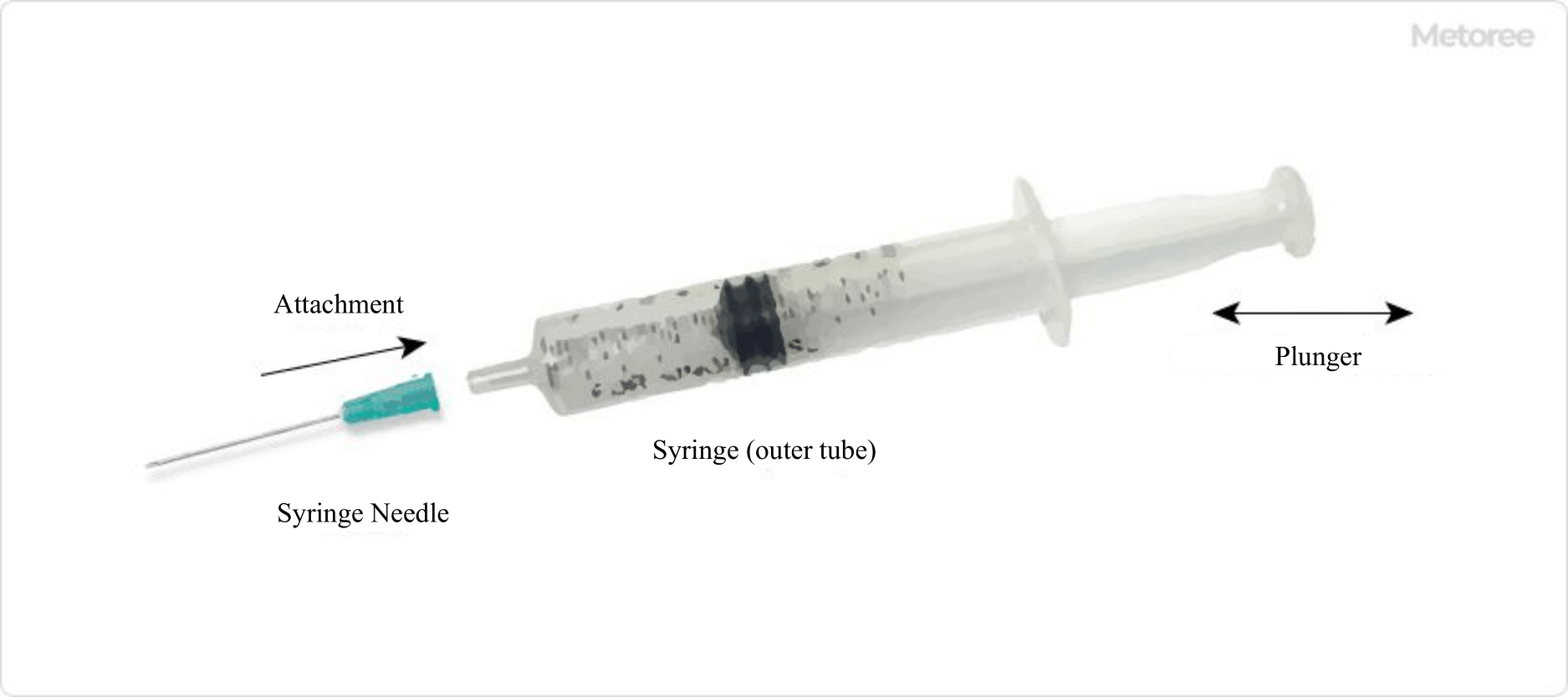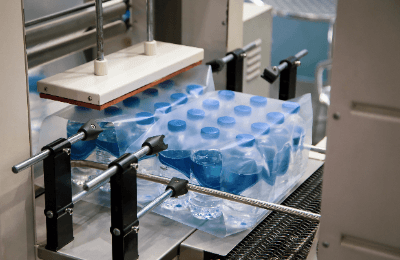What Is Stainless Steel Wire?
Stainless steel wire is a wire-like material made of stainless steel.
It has the characteristic of being more resistant to rust than other metals and alloys. Stainless steel, the main material used in stainless steel wire, has, in addition to corrosion resistance, additional properties such as high strength and heat resistance, as well as excellent workability. For this reason, it is used in a wide variety of fields and applications.
Depending on the type of stainless steel, it can be modified to meet the specifications of the application by adding treatments such as heat treatment and annealing.
Uses of Stainless Steel Wire
Stainless steel wire is used in a very wide range of applications, taking advantage of its various features, such as corrosion resistance, heat resistance, strength, and hygiene. In terms of industry fields, stainless steel wire is used in the automotive industry, food industry, construction industry, energy industry, electronic components, and medical industry.
Specifically, it is used for parts in automobiles and smartphones, taking advantage of its corrosion and heat resistance. It is also used for parts of medical equipment and surgical tools due to its hygienic and high-strength characteristics. Stainless steel wire netting is also used for barbecued meat due to its hygienic and high heat resistance characteristics.
Principle of Stainless Steel Wire
Stainless steel wire is a steel wire with high corrosion resistance and strength, because the properties of stainless steel are not compromised and its characteristics are utilized in the processing of the wire. Stainless steel is an alloy made by adding at least 10.5% chromium, nickel, molybdenum, titanium, etc. to iron, which is the main component.
Chromium combines with oxygen to form a thin protective film on the surface of the steel, and this coating makes stainless steel corrosion resistant. This film, called a passive film, is very thin (about 3 parts per million), but it is very tough, and even if it breaks off once, it can regenerate automatically if there is oxygen around it. It also protects the interior from corrosion.
After surface treatments such as rust removal and coating addition, stainless steel is drawn into wire under computer control to produce steel wire to the specified specifications.
Other Information on Stainless Steel Wire
1. Stainless Steel Wire Standards
The 35 types of steel wire are classified into 35 categories based on composition, manufacturing method, and characteristics, and are indicated by adopting a symbol combining an alphabetic part and a numeric part, such as SUS201. The austenitic type is about 18wt% and the ferritic type is about 18wt%.
Austenitic steel wire contains about 18 wt% chrome and about 8 wt% nickel. Ferritic and martensitic steel wires contain about 17 wt% and 13 wt% of chrome, respectively. These composition ratios vary slightly depending on the type of steel wire.
There are also distinctions such as soft No. 1 and soft No. 2 depending on whether the steel wire is tempered or not. Tempering refers to heat treatment or wire drawing treatment of steel wire. Soft No. 1 is steel wire that has been drawn and heat-treated for solution treatment. For soft No. 2, austenitic steel wire is drawn after heat treatment for solution treatment, and ferritic and martensitic steel wire is drawn after annealing.
2. Difference Between Stainless Steel Wire, Hard Steel Wire, and Piano Wire
Hard steel wire and piano wire are similar to stainless steel wire. The major difference between hard steel wire and piano wire is the difference in quality: both are made from steel, but piano wire is specified to contain fewer impurities such as phosphorus, sulfur, and copper than hard steel wire.
In addition, piano wire is specified with respect to flaw depth in corrosion tests and total coal layer depth in decarburization detection tests. Piano wire is also very strict regarding physical properties such as tensile strength and wire diameter. Since piano wire requires a higher level of quality than hard steel wire, the price is correspondingly higher.
On the other hand, unlike piano wire and steel wire, stainless steel wire has regulations regarding the composition ratio of chromium and nickel. Piano wire and steel wire rust, while stainless steel wire has superior corrosion resistance and heat resistance.


